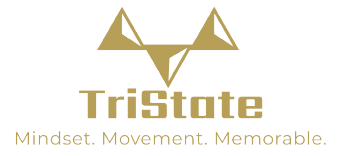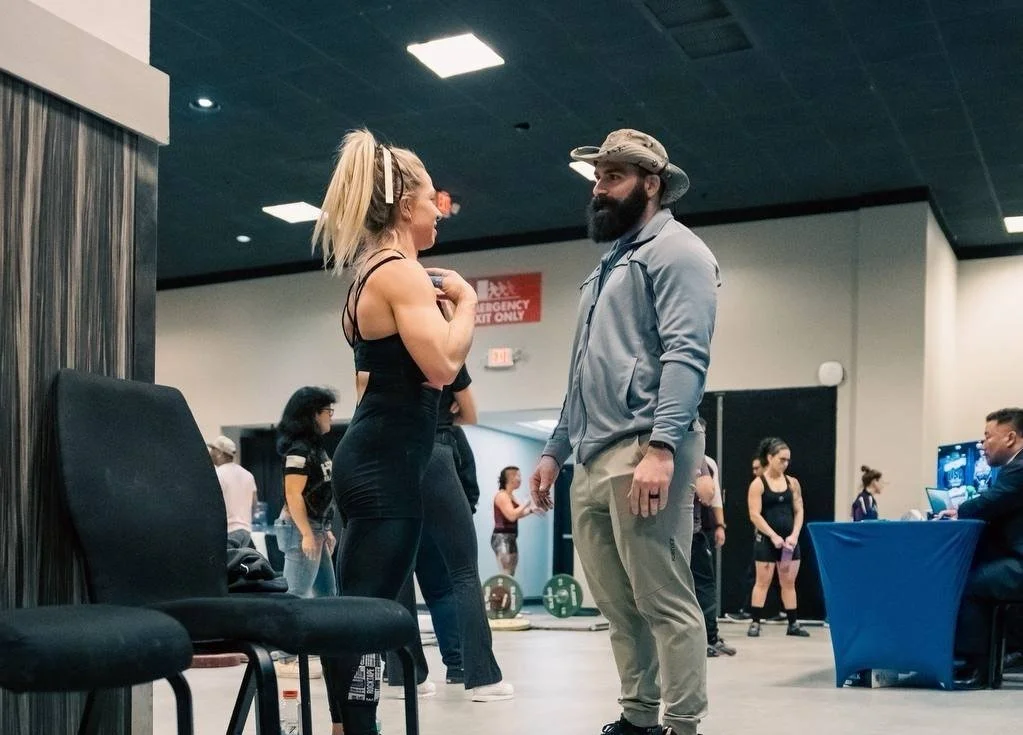How I Review an Athlete’s Year of Training
How I Review an Athlete’s Year of Training: A Coach’s Reflection Framework
What we’ve learned, how we’ve grown, and how we decide what’s next.
As a coach, one of the most important things I do all year is sit down with each athlete and review their season. But this review isn’t about data first. It’s not about lifts, numbers, or placements.
It’s about the athlete’s voice.
Their emotions. Their experience. Their story.
That’s the foundation of any meaningful end-of-year review—and the most powerful tool a coach can use for long-term development.
Step 1: Start with Headspace, Not Numbers
Before I look at spreadsheets or PR charts, I ask a simple question:
“How do you feel about your year?”
This isn’t a performance review. It’s a reflection conversation.
Do they feel they grew? Are they proud? Frustrated? Motivated?
When I understand how they feel about their year, it helps me interpret everything else in context.
Their response becomes the starting point for the story of their season—and only after that do we layer in training data, consistency, and performance analysis.
Step 2: Make It Collaborative (Not a Report Card)
These reviews aren’t about me talking—they’re about me listening.
My role is to facilitate reflection, not to grade the athlete.
I’ll prompt them with questions like:
“What was your biggest takeaway from this season?”
“What was your best moment?”
“What was your hardest moment?”
“Did you hit the goals you set—or did your goals change along the way?”
It’s amazing how much perspective this opens up.
Sometimes an athlete tells me they were disappointed with a meet I thought was a clear win. Sometimes they describe a moment I overlooked as transformational.
That’s why it’s athlete-driven. I help guide the conversation, but it’s their story to tell.
Step 3: Treat Plateaus and Setbacks as Data, Not Defeats
Every athlete hits a wall at some point. What matters is how we understand it.
We don’t call these “failures”—we call them lessons.
I’ve had athletes take two years to figure out how to peak without triggering hip or knee pain. I’ve stripped an athlete’s lifts down to basics and spent four months rebuilding technique, only to have them PR consistently six months later.
That’s progress.
It just didn’t come wrapped in a gold medal.
We take those moments and ask:
What was hard?
What broke down?
What changed after we adjusted?
How can we build a better cycle next time?
Step 4: End with Purpose and Direction
The end-of-year review doesn’t just close one chapter—it opens the next one.
Before we’re done, I always ask:
“What do you want next season to feel like?”
We talk about:
What event we’re chasing
What milestone we’re excited about
What part of the process we want to improve or enjoy more
They walk away not just with motivation, but with ownership.
They know their season mattered. They know they grew. They know what’s coming next.
Final Thoughts: What I Want Coaches to Take Away
If you’re a coach reading this, here’s my simple framework:
Start with their headspace. Let them lead.
Listen more than you talk. You already had your say during training—this is their turn.
Reflect on setbacks without blame. Use them as education.
Frame progress through the athlete’s lens, not just the numbers.
Leave them excited and grounded for what’s next.
I’ll be sharing our own TriState reflection worksheet soon if you’d like to see how we structure it—but remember: the tool matters less than the conversation.
And that conversation starts with one question:
“How do you feel about your year?”

